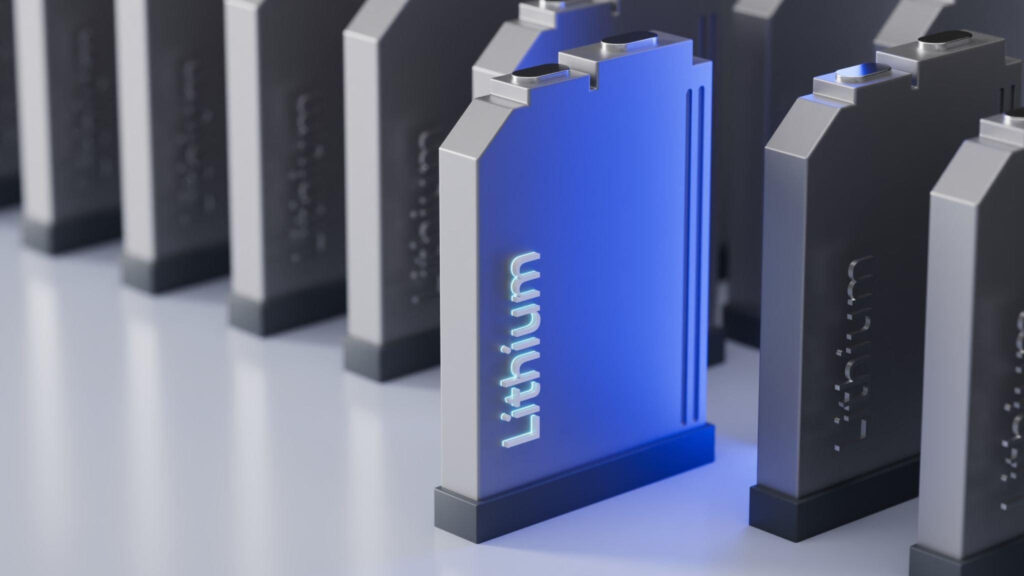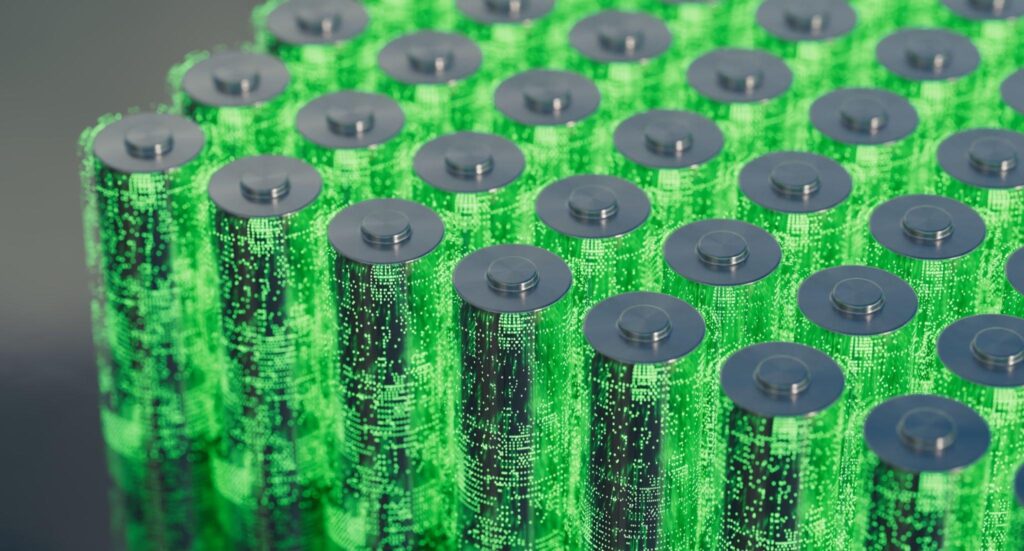Lithium Batteries – Powering the Modern World
Table of Contents
Introduction
In today’s rapidly evolving technological landscape, lithium batteries have emerged as an indispensable power source, fueling everything from our smartphones to electric vehicles and even renewable energy storage systems. These compact and efficient energy storage devices have revolutionized the way we live and work. In this article, we will delve deep into the world of lithium batteries, exploring their history, working mechanisms, advantages, applications, challenges, innovations, maintenance tips, and much more.
Understanding Lithium Batteries

A. What are lithium’ batteries?
Lithium batteries are a class of rechargeable batteries that utilize lithium as a key component in their electrochemical reaction. To understand them better, let’s take a brief look at their history and development.
1. Brief history and development
Lithium’ batteries were first introduced in the 1970s, and since then, they have undergone significant advancements. Their evolution has played a pivotal role in powering modern technology.
B. Types of lithium batteries
There are several types of lithium’ batteries available, each with unique characteristics and applications. The three primary types are:
1. Lithium-ion (Li-ion)
Lithium-ion batteries are known for their high energy density, making them ideal for portable electronics.
2. Lithium-polymer (LiPo)
Lithium-polymer batteries are lightweight and versatile, making them suitable for various applications.
3. Lithium iron phosphate (LiFePO4)
These batteries offer enhanced safety and a longer lifespan, making them a preferred choice for certain industries.
How Lithium Batteries Work

A. The basic components
Lithium’ batteries consist of three fundamental components:
1. Anode
The anode is the positively charged electrode where lithium ions are stored during charging.
2. Cathode
The cathode is the negatively charged electrode responsible for receiving the lithium ions during discharge.
3. Electrolyte
The electrolyte serves as a conductor for lithium ions between the anode and cathode.
B. Electrochemical reactions
Understanding the electrochemical reactions within lithium’ batteries is key to comprehending their operation.
C. Charging and discharging cycles
Lithium’ batteries function through a cycle of charging and discharging, which allows them to store and release energy efficiently.
Advantages of Lithium Batteries

Lithium’ batteries offer several compelling advantages, making them the preferred choice for many applications:
. High energy density
Their high energy density means they can store more power in a smaller and lighter package.
. Lightweight and compact
Lithium batteries are exceptionally lightweight and compact, making them ideal for portable devices.
. Low self-discharge rate
These batteries have a minimal self-discharge rate, ensuring they retain power for longer periods when not in use.
. Long lifespan
When properly maintained, lithium’ batteries can last for several years, providing reliable power.
. Versatility in applications
Their adaptability makes lithium’ batteries suitable for a wide range of applications.
Applications of Lithium Batteries

Lithium’ batteries have found their way into numerous sectors, transforming the way we live and work:
. Consumer electronics
They power smartphones, laptops, and various gadgets, providing long-lasting energy.
. Electric vehicles (EVs)
Lithium batteries are the driving force behind the EV revolution, offering sustainable and efficient transportation.
. Renewable energy storage
They store energy from renewable sources like solar and wind for use during peak demand.
. Medical devices
In the healthcare sector, lithium’ batteries ensure the reliability of critical medical equipment.
. Aerospace and aviation
They power drones, satellites, and aircraft, enhancing efficiency and reliability.
Challenges in Lithium Battery Technology
While lithium’ batteries offer numerous benefits, they also come with certain challenges:
A. Safety concerns
1. Thermal runaway
Lithium batteries can overheat and catch fire under extreme conditions, posing safety risks.
2. Overcharging and overheating
Improper charging can lead to safety hazards, emphasizing the need for careful handling.
B. Environmental impact
1. Recycling and disposal
Efficient recycling and disposal methods are essential to minimize their environmental footprint.
C. Supply chain issues
1. Global demand and resource scarcity
Meeting the growing demand for lithium batteries requires addressing resource scarcity and supply chain concerns.
Lithium Battery Innovations
Despite the challenges, ongoing innovations in lithium battery technology are promising:
A. Recent developments
Researchers and manufacturers are continually improving battery performance and safety.
B. Future trends
1. Solid-state lithium batteries
Solid-state battery technology possesses the capacity to transform the landscape of energy storage.
2. Advancements in recycling technologies
Efficient recycling methods can reduce environmental impact and resource strain.
Maintaining and Extending Lithium Battery Life
To ensure the longevity of lithium’ batteries, consider the following tips:
Proper charging and discharging practices
Adopt correct charging and discharging habits to prolong battery life.
Storage recommendations
Ensure that lithium batteries are stored in a cool, moisture-free environment, and shielded from direct exposure to sunlight.
Temperature management
Extreme temperatures can impact battery performance, so maintain suitable storage conditions.
FAQs
How do lithium batteries differ from traditional batteries?
Lithium’ batteries are rechargeable, while traditional batteries are often single-use.
Can lithium batteries explode or catch fire?
In extreme conditions, lithium’ batteries can pose a fire hazard, emphasizing the importance of proper handling and storage.
Are there any safety precautions for lithium battery usage?
Yes, always follow manufacturer guidelines and avoid exposing batteries to extreme conditions.
What is the average lifespan of a lithium battery?
The lifespan varies but can extend to several years with proper care.
How can I dispose of old lithium batteries safely?
It’s crucial to recycle old lithium’ batteries at designated facilities to minimize environmental impact.
Conclusion
Lithium batteries have undeniably transformed the way we power our modern world. Their high energy density, portability, and versatility have made them an integral part of our daily lives, from powering our smartphones to enabling sustainable transportation and renewable energy solutions. However, it’s essential to acknowledge the challenges and continue striving for innovations that ensure both the efficiency and safety of lithium batteries. As we look ahead, solid-state batteries and improved recycling methods promise an even brighter future for this remarkable technology.
MAY YOU LIKE : The Evolution and Impact of Gaming


One thought on “Lithium Batteries – Powering the Modern World”